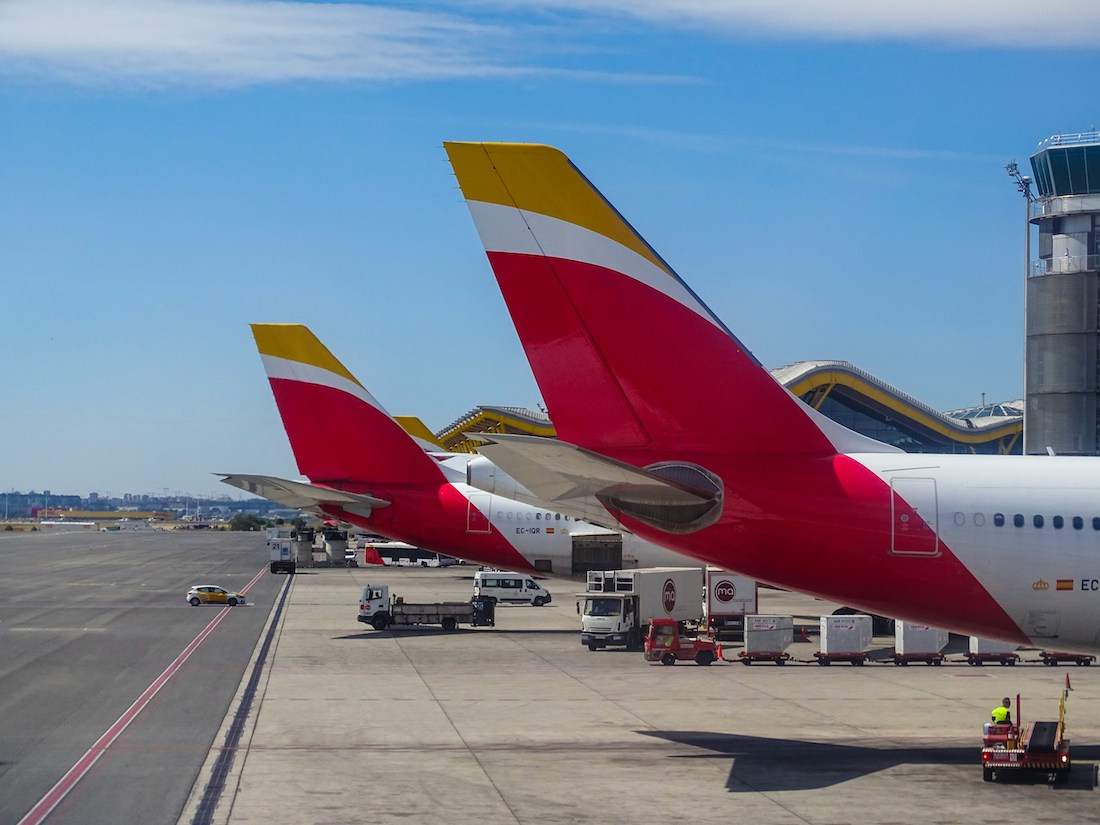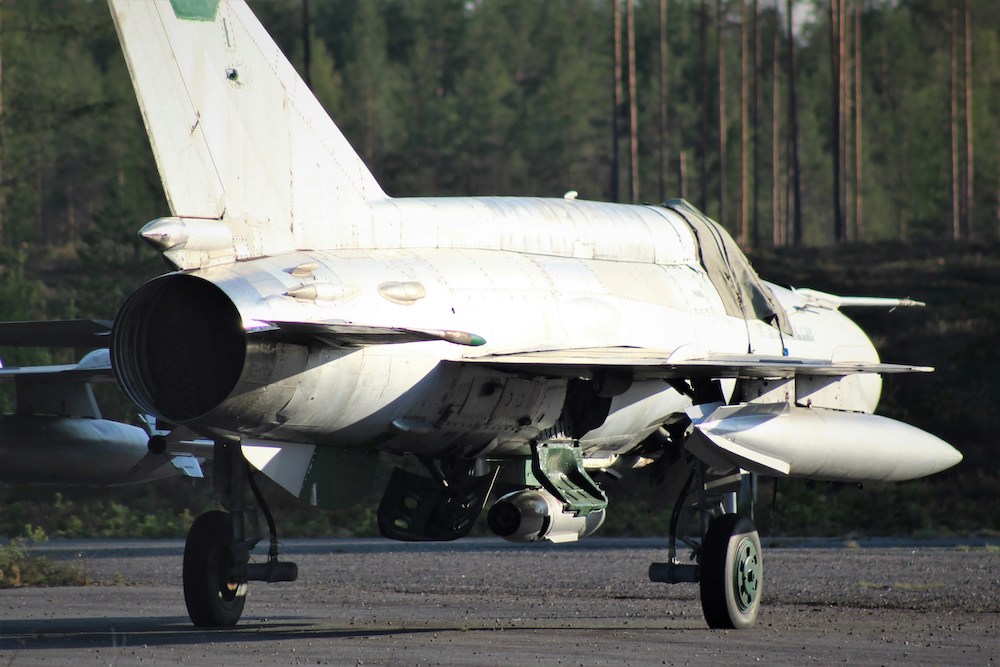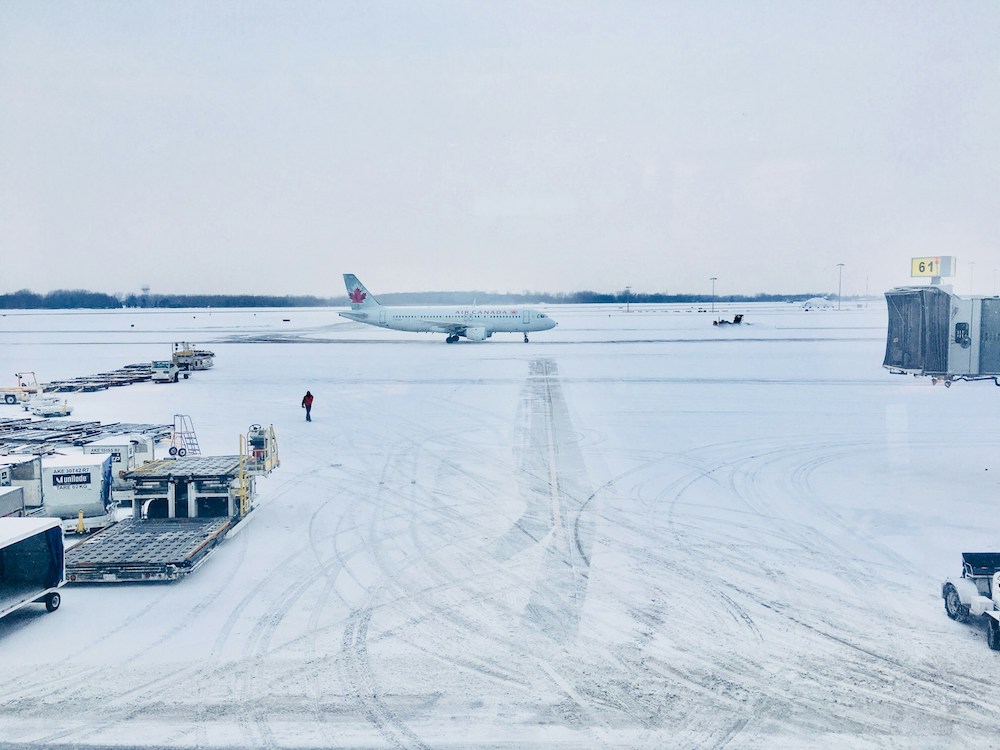
It should surprise no one that aviation fleet management is a very intricate, interrelated web of processes that require the close coordination of many players, including:
- The planning of the airline’s routes and services
- The structure of the airline’s fares
- The planning of the airline’s fleet
Let’s explore how each of the above aviation fleet management processes work together to ensure the overall well-being of an airline’s operating plan, while exploring the best practices and trends utilized to carry them out.
Aircraft Fleet Management Considerations
Route and Service Planning
The first key question for any airline to ask when considering a new route is whether there is enough demand to operate that route. The next step is to assess whether the competition is fulfilling similar needs and to what level of success. Other factors, such as traffic shares and government influences should also be evaluated. Most airlines use their internal data, aviation market intelligence tools, and flight search engines (e.g., Google Flights, Skyscanner) to analyze who is flying where and when.
Air Travel Demand Affecting Route and Service Planning
The demand for air travel on certain routes is largely dependent on traffic-generating factors (e.g., population, economic conditions), price, and service levels. This demand may be influenced by the price and relative attractiveness of competing destinations and other transport modes. Furthermore, demand for travel between two points usually represents only a part of the total traffic between the two airports concerned, since it also includes traffic coming from or destined for other points.
Competition Affecting Route and Service Planning
Competition between airlines is one of the most important route and service planning elements. Such planning determines where and how airlines can compete effectively and what must be done to build up competitive strength to enter or defend markets. Various alternatives must also be explored, markets researched to varying degrees, and opportunities and risks evaluated, leading to the establishment of routes.
Other Factors Affecting Route and Service Planning
Traffic shares of competing airlines serving a route can be influenced by a variety of factors such as price, service frequency, aircraft type, and number of stops. Governments can significantly impact airline traffic shares by regulating traffic rights, capacity arrangements, and fare-related regulations. Additionally, factors like the quality of customer service and traveler perceptions of the airline also influence route and service planning decisions.
Fares Structure
Fares structures are very complex, with a variety of promotional fares offered on many routes in addition to first, business, and economy class fares. In many markets, fares are often adjusted or introduced to meet competition. In some markets, circumstances may permit more careful evaluations of changes to fares, including predictions of the traffic and revenue shares of the various fare types, which mainly depend on the characteristics of the markets served, price differences, and ticket restrictions (e.g., advance purchase, limitations on stopovers, trip duration).
In any event, the fares offered influence the traffic carried on individual routes, as well as revenues generated and their relationship to operating costs. With fares established, the use of seat management is an important means of influencing the economic result. Fares developments influence planning decisions concerning the capacity to be offered on various routes.
Commercial flying is a competitive business where customers have little brand loyalty, causing airlines to have to compete on price rather than quality. Since growing profits is difficult, airlines are forced to cut costs to be more competitive and profitable. The emergence of low-cost carriers in certain regions of the world and the expanding role of the internet as a distribution means in air travel has also reinforced fares as the major competition tool and rendered airline planning even more complex.
Aircraft Fleet Planning
Aviation fleet planning determines the types and number of aircraft an airline should acquire and operate. It involves guiding the aircraft selection, acquisition, and management processes to anticipate market demand changes and the economic environment.
The process of fleet planning includes evaluating the impact of the airline’s aircraft on its financial performance, assessing the expected traffic demand, planning the average load factor, and estimating aircraft productivity. The evaluation process is the key that can make or break an airline.
Fleet planning is driven by traffic and yield forecasts, operating cost estimation, and estimated aircraft productivity. Such decision-making can be approached either from a top-down or macro approach based on high-level aggregated analysis or a bottom-up or micro approach based on detailed analysis of data and forecasts by flight and route.
Helpful Resources to Aid in Aviation Fleet Management
Aircraft fleet management is an important part of the development of an overall operating plan for an airline. The complexity of the fleet management process stems from the growing volume of passenger and cargo traffic, diverse aircraft types and configurations, frequent modifications to route structures, traffic rights, and competition dynamics. Additionally, the emphasis on financial results adds to the intricacies of the system. Therefore, to optimize aviation fleet management practices with the ongoing complexities of the system, the following elements must be considered:
- Airline goals and objectives
- Passenger and cargo traffic demand
- Service pattern impact on market share
- Airplane performance
- Operating economics
- Operational and other system constraints
The three approaches commonly used in airline fleet management include the macro evaluation method, schedule evaluation method, and aircraft assignment method. Each can be employed utilizing advanced software solutions to optimize the fleet management processes. Utilizing all three methods instead of one over the other can produce the best results when forecasting future fleet requirements.
Macro Evaluation Method in Aviation Fleet Management
The macro approach is a multi-year system analysis wherein the number of airplanes required is determined based on a macro traffic forecast. When utilizing the macro evaluation method, an analyst must:
- Forecast aggregate passenger and cargo traffic
- Convert traffic forecast to a capacity forecast based on load factor assumptions
- Project the capacity available from the current fleet
- Calculate the additional requirements for growth and replacement, considering the fleet mix, airplane productivity, and system characteristics
The macro evaluation method is a reasonably quick method of estimating future fleet requirements. Several alternatives can be analyzed, including different assumptions concerning seating capacity, average stage length, anticipated restrictions, and summary-level statistics.
This method places heavy emphasis on historical seat trends and average stage length, which may not always be good indicators of future aircraft requirements. The downfall of this method is that no attention is given to the airline’s route structure, and the analyst is limited to information aggregated over the whole system.
Schedule Evaluation Method in Aviation Fleet Management
The schedule evaluation method examines the quality of a previously determined schedule. After traffic demand is allocated to airplanes assigned to itineraries, an analyst examines the resulting load factor for direction. If the resulting load factor appears unreasonably high or low, adjustments are made to frequency, previously assigned airplane itinerary structure, and connect opportunities, while considering the operating economics in the process. Fleet requirements are finally determined after several iterations of this method.
Aircraft Assignment Method in Aviation Fleet Management
In the aircraft assignment method, the following elements are initially defined:
- Total origin-destination traffic demand
- Airplane performance
- Operating economics
- Financial limits
- System constraints
Advanced software is then used to select and assign airplanes that meet the service and operating requirements of the total system while satisfying some objective function (e.g., operating profit). The system may be represented by individual itineraries or cells constructed by market segmentation techniques.
Best Practices to Optimize Aviation Fleet Management
Strategic analysis, tactical planning, and effective decision-making are critical to the fleet management process. By optimizing routes, properly structuring airline fares, and maximizing aircraft deployment, airlines can improve operational efficiency, ensure cost reduction, and enhance customer satisfaction.
To make the aviation fleet management process fully effective, it must be system-wide to encompass traffic demand, airplane performance, operating economics, and system constraints. The results of the fleet plan usually determine the major portion of future capital and other resource needs forming part of the total airline corporate plan.
Remember, the goal of fleet management is to maximize efficiency and profitability by making data-driven decisions. Optimization techniques (i.e., macro evaluation method, schedule evaluation method, and aircraft assignment method) leverage advanced algorithms and mathematical models to analyze large datasets and identify the most effective strategies for fleet deployment, route planning, and resource allocation.
As technology continues to advance, the role of optimization in airline operations is becoming increasingly critical. Airlines are embracing advanced software solutions to revolutionize their fleet planning processes. These solutions provide airlines with powerful tools to analyze data, simulate scenarios, and generate optimized schedules that maximize operational efficiency and profitability.As the field of airline fleet management continues to evolve, the next big trends that are shaping the industry include advancements in technology and a growing emphasis on sustainability.
By Katarzyna Szwed-Carlson
Kasia Szwed-Carlson is an expert in the aviation industry with 15 years of experience working in flight operations management and training leadership roles.



